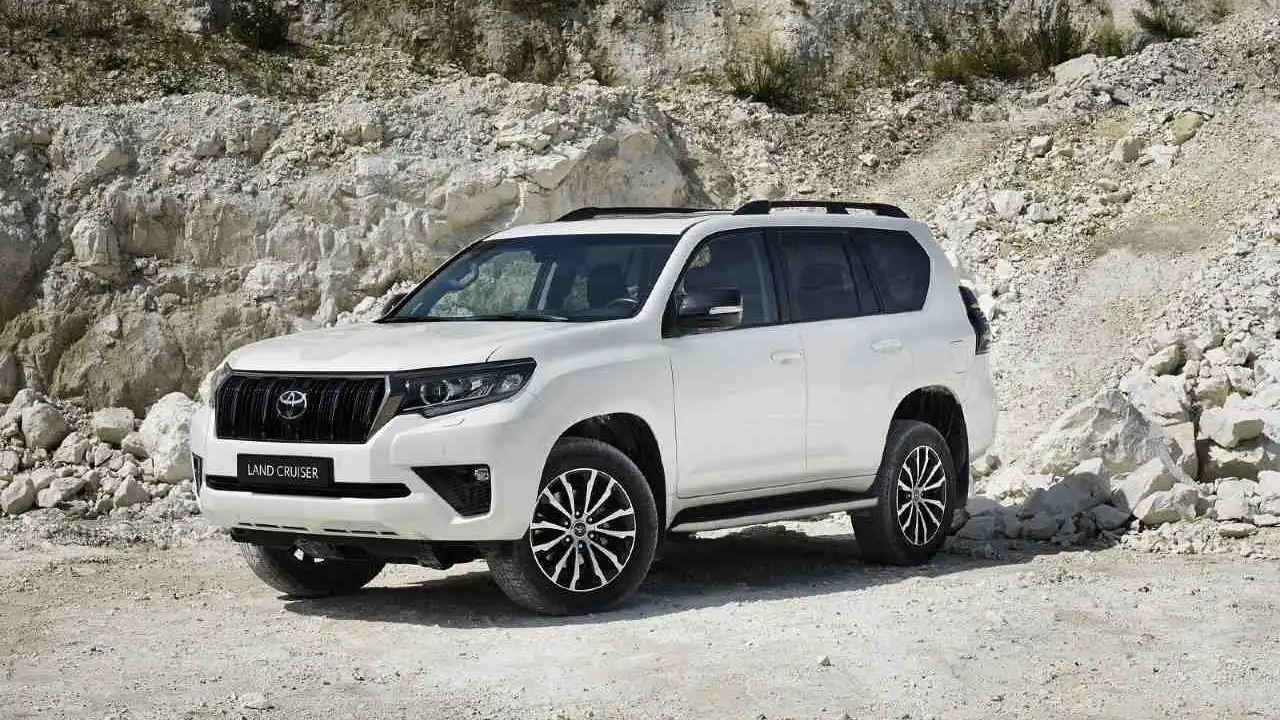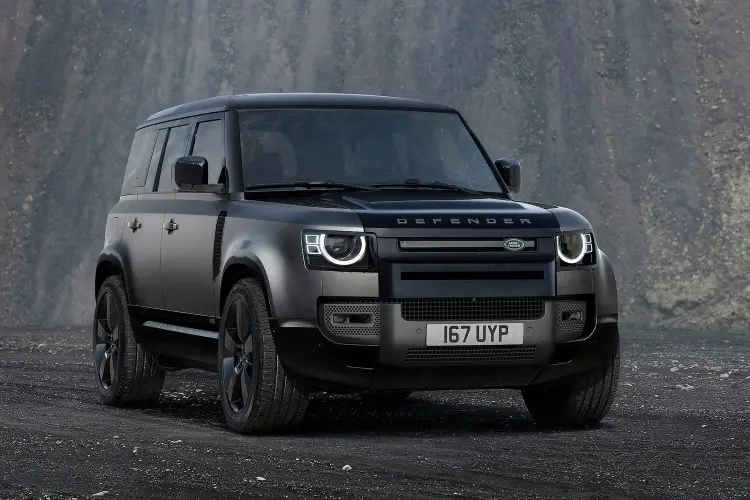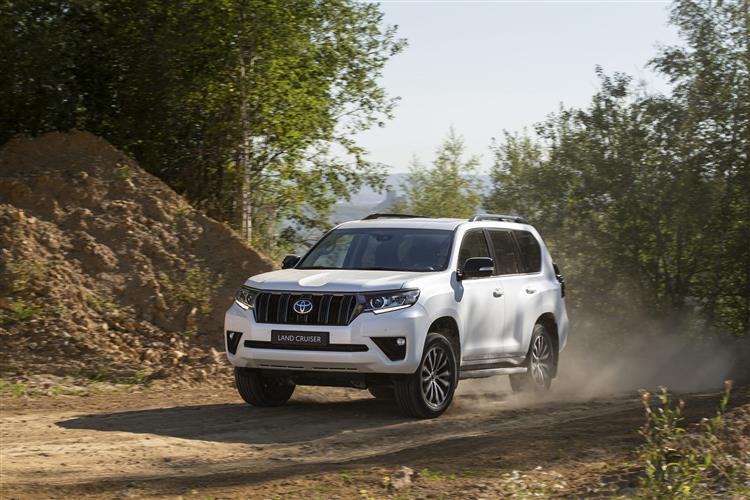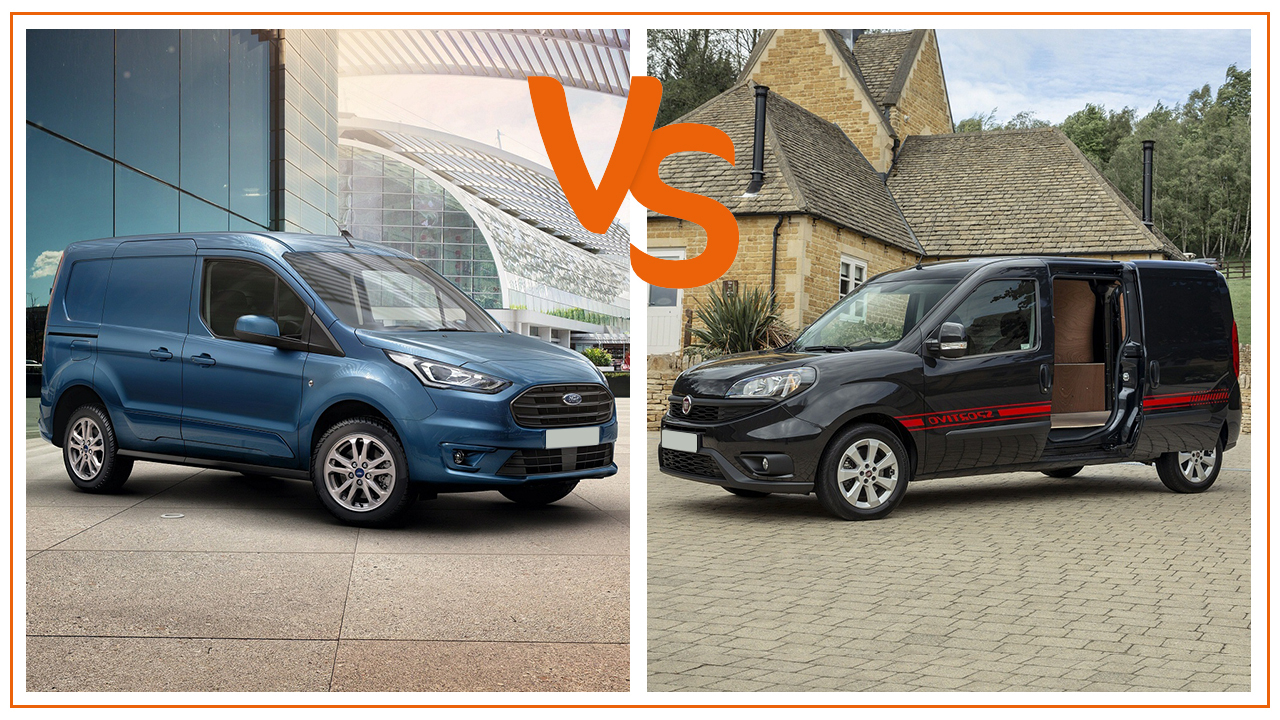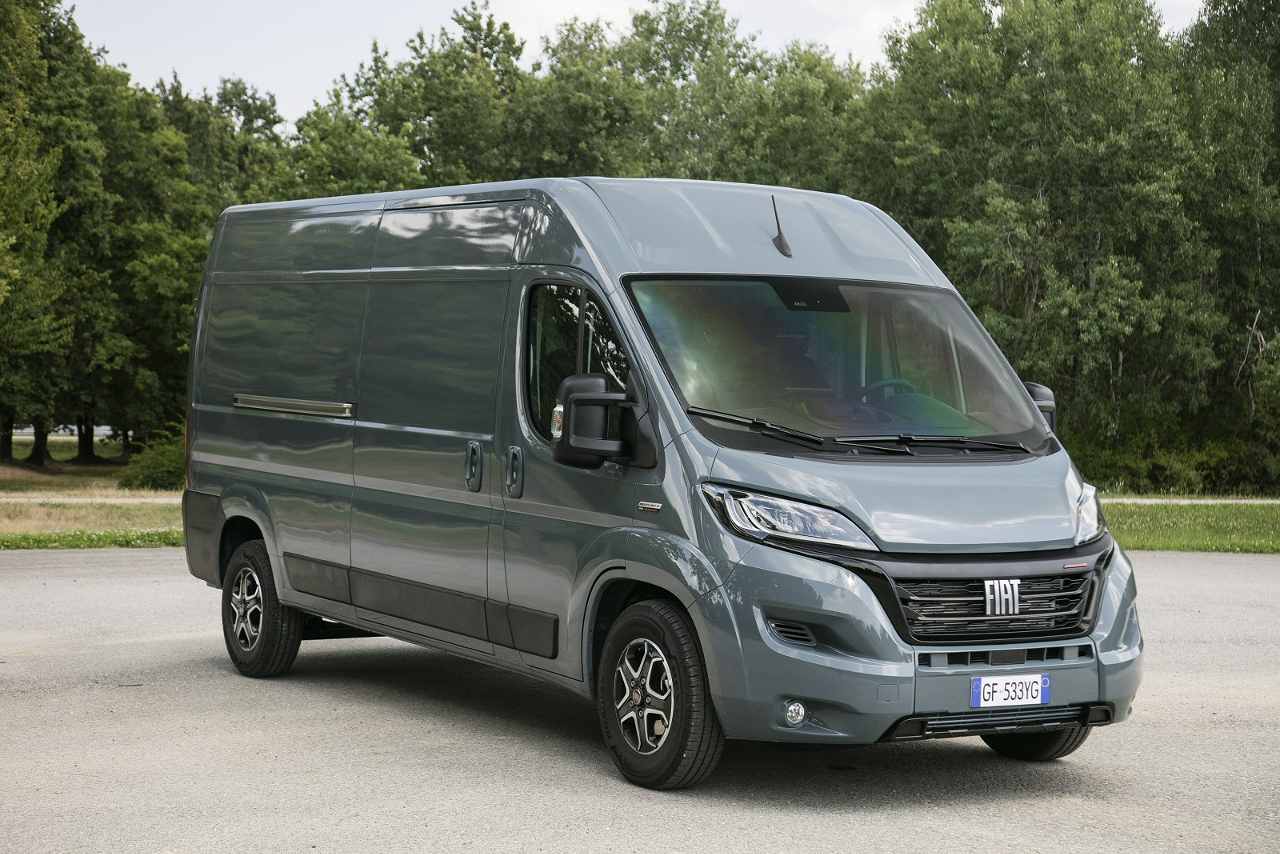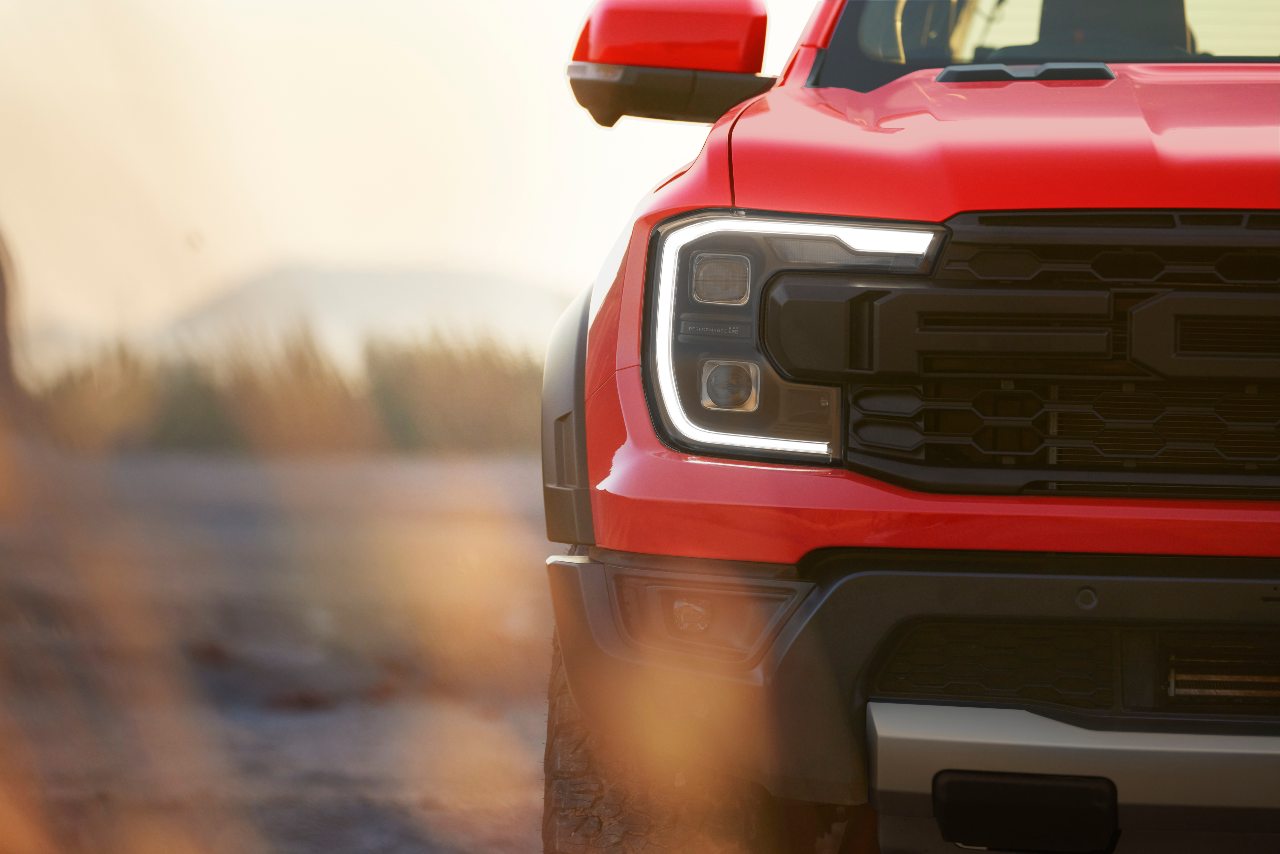For those loyal owners who viewed the original Land Rover Defender as something that could never be rivalled or replaced, the period between production being ceased and the introduction of the all-new model must have been nerve-racking. But, it’s now here and there are certainly some potential competitors ready to nip at its heels. Here, Vanarama’s Van Expert Tim Cattlin pits it against one of these fellow 4x4s, the Toyota Land Cruiser Commercial.
OK, let’s get into the basics. The new Defender Hard Top is available in the 2 traditional wheelbase derivatives, the 90 and the 110. The shorter version comes as a 3 door, but if you go for the 110 you’ll get 2 more doors. Similarly, the Toyota is also offered in a short or long wheelbase with 3 and 5 doors respectively. Despite the 5 doors, there are no rear seats on either the Land Rover or the Toyota – a big clue that these commercial vehicles are derived from passenger cars. The Defender has panels covering the rear side window area whereas the Land Cruiser has opaque glass.
Although it’s down to personal opinion, we do think that the Defender Hard Top has more than the edge over the Toyota when it comes to appearance. It looks ready to take on the toughest tasks, on or off-road but with an understated style and panache. The Land Cruiser looks far more like a high spec SUV that has been given an additional role as a part-time multi-purpose vehicle. Looks can be deceiving, however, so don’t write off the Toyota just yet…
Engines and Transmissions
Quite some differences here. The Defender is only available with a 3-litre diesel engine but it can be specified in 200hp, 250hp or 300hp outputs, the most powerful option producing a very impressive 650nm of torque. Permanent 4 wheel drive and automatic transmission are standard on all models. Official combined fuel consumption for the 250hp version is 29.5mpg with a Co2 output of 251g/km.
Things are much simpler when it comes to the Toyota, it being offered with just the single 2.8-litre diesel engine, but which has a very healthy power output of 204hp. You can have either a manual or (on the higher trim level) automatic gearbox, and with the latter torque is rated at a more than adequate 500nm (420nm with a manual box). The automatic version has an official mpg of 27.7mpg to 31.0mpg, and Co2 emissions of 240 – 247g/km.
Payloads and Towing
Loadspace and payload capacity might not be top of the priority list for many when considering this type of vehicle but towing capability will almost certainly be an important factor.
The Defender has a payload of 670kgs for the 90, and 800kgs with the 110 model, outshining the Toyota which offers 488 to 593kgs on the SWB version, rising to 661 to 756kg for the LWB derivative.
You’ll get a load length of 1033mm in the Defender 90 and 1472mm in its bigger brother. Things are very similar in the SWB and LWB Land Cruiser which offer 1068mm and 1480mm respectively.
A towing capacity of 3500kgs is vital for many users in the agricultural community and the Defender Hard Top fulfils this requirement perfectly. The Land Cruiser falls a little short at 3000kgs which, although may be adequate for some, could prove to be an issue for many others.
Trim levels and standard equipment
Defender Hard Top:
There are 4 trim levels to choose from with the Defender Hard Top. On the vehicle exterior, the standard Defender gets a body-coloured high roof and LED headlights. The ‘S’ level gains black roof rails and 19” silver wheels whilst the SE comes with Matrix LED headlights, signature DRL’s and 20” silver wheels.
In the cab, the base Land Rover has a good level of standard equipment including a 10” ‘Pivi Pro’ infotainment system with navigation, a heated windscreen, 3D surround camera, 360-degree parking aid and cruise control. There’s a front-row jump seat for an occasional passenger and 8-way semi-powered seats. ‘S’ trim level gains an interactive driver display and leather seats whilst ‘SE’ gets 12 way electrically adjustable seats and a 280 watt Meridian sound system. The range-topping ‘HSE’ has an extended leather upgrade and Windsor leather 14-way electric seats. You’ll also benefit from a Driver Assist Pack.
Land Cruiser Commercial:
There are just the 2 levels of specification with the Toyota. On the exterior, the Utility grade has 17” alloy wheels although there's an option to downgrade to steel wheels on the LWB, something that might be appreciated by those operating in tough conditions. There are also front and rear LED daytime running lights and black roof rails. The Active Land Cruiser can be identified by its body-coloured door mirrors and door handles.
If you’ve settled on the Utility model, you’ll notice that you get cruise control and air conditioning, a 4.2” colour screen and a DAB radio with Bluetooth. Decide on the higher-spec Active grade and not only does automatic transmission become standard equipment, you’ll also benefit from a 9” touchscreen offering smartphone integration (Apple CarPlay and Android Auto) and a reverse camera display. Rear parking sensors are added, as is dual-zone automatic air conditioning.
Both the Land Rover and the Toyota include plenty of the latest safety equipment that customers are now starting to expect as standard.
The Verdict
On paper, the Defender Hard Top looks to be a clear winner in most aspects. It’s got up to date styling, it’s well equipped and it has a choice of powerful engines. It’s also got that all-important 3500kgs towing capacity. But, the Toyota has an excellent reputation for reliability and independent road tests highlight the comfortable ride and it’s off-road capabilities. It may well come down to cost though, so check out the Vanarama lease deals on the Toyota Land Cruiser Commercial and the Land Rover Defender Hard Top.

